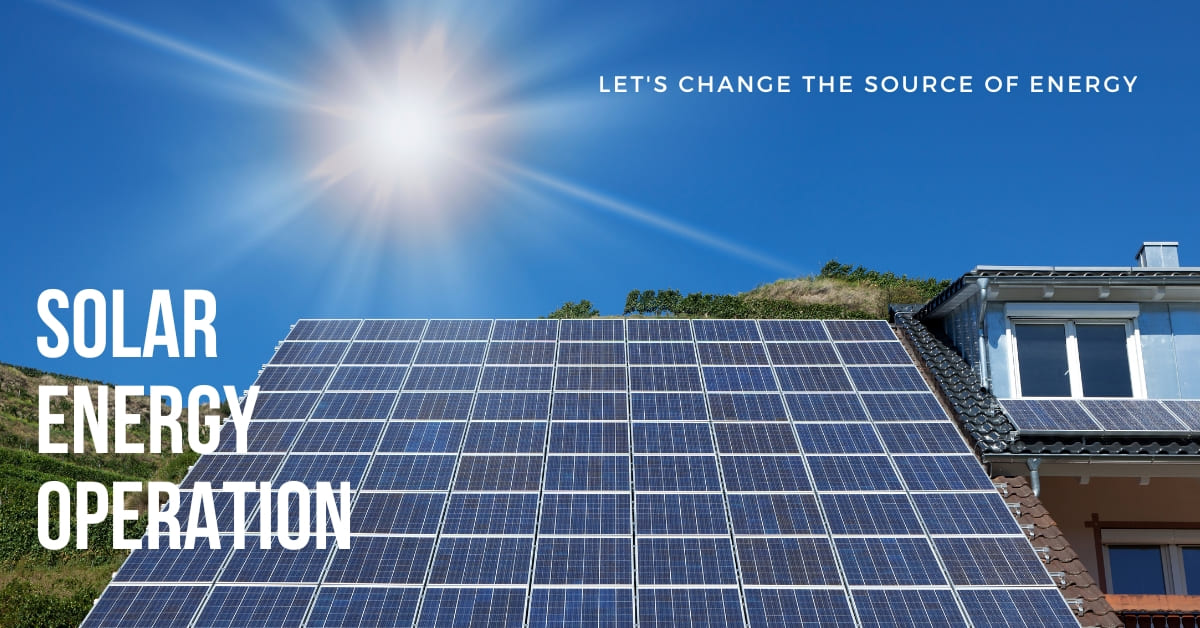Solar energy is a clean, renewable, and abundant source of power that has gained significant attention in recent years. Understanding how solar energy works is essential for anyone interested in harnessing its potential. In this comprehensive guide, we will explore the principles behind solar energy and the technology used to convert sunlight into usable electricity.
The Basics of Solar Energy:
Solar energy is derived from the radiation emitted by the sun. This radiation, known as sunlight, is composed of tiny packets of energy called photons. When sunlight reaches the Earth’s surface, it can be converted into electricity through the use of photovoltaic (PV) cells.
Photovoltaic (PV) Cells:
PV cells, also known as solar cells, are the building blocks of solar panels. These cells are made of semiconductor materials, such as silicon, which can absorb photons and convert them into an electric current. When sunlight strikes a PV cell, the photons transfer their energy to the electrons in the material, allowing them to flow as an electric current.
Solar Panels and Arrays:
Solar panels consist of multiple PV cells connected together to form a module. These modules can be arranged in an array to generate more electricity. The size and configuration of the array depend on the energy needs of the system.
Inverters and Power Conversion:
The electricity generated by solar panels is in the form of direct current (DC). However, most household appliances and the electricity grid operate on alternating current (AC). Inverters are used to convert the DC electricity produced by solar panels into AC electricity, making it compatible with standard electrical devices and the grid.
Net Metering and Grid Connection:
Solar energy systems can be connected to the electrical grid through a process called net metering. When a solar system produces more electricity than is consumed, the excess power is fed back into the grid, and the owner receives credits or compensation for the surplus energy. During times when the solar system doesn’t produce enough electricity, power can be drawn from the grid.
Battery Storage and Energy Management:
To overcome the intermittent nature of solar power, battery storage systems are often used. Excess electricity generated during the day can be stored in batteries and used during periods of low or no sunlight. Energy management systems optimize the flow of electricity, ensuring efficient utilization and storage of solar power.
Environmental and Economic Benefits:
Harnessing solar energy offers numerous benefits. Firstly, solar power is a clean source of energy, producing no greenhouse gas emissions during operation. It reduces reliance on fossil fuels, mitigating air pollution and climate change. Secondly, solar energy provides economic advantages, such as reduced energy costs, job creation, and energy independence for individuals and communities.
Solar energy is a powerful and sustainable solution for our energy needs. Understanding how solar power works provides a foundation for individuals and communities to make informed decisions about adopting this technology. With advancements in solar technology, increased efficiency, and falling costs, harnessing the power of the sun has become an increasingly viable and attractive option for a greener future.



Leave a comment